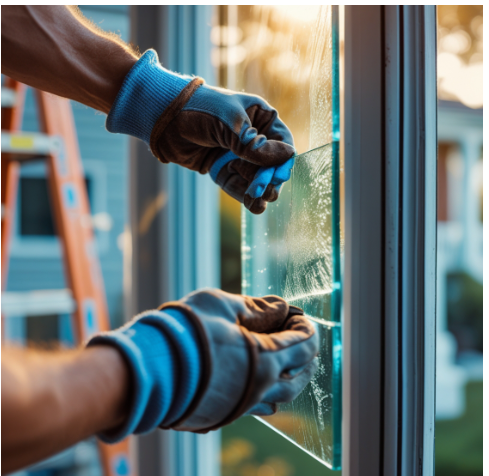When people think about home upgrades, windows don’t always come first to mind. Yet, the right windows can influence your comfort, your heating and cooling bills, and even the value of your property. One of the biggest questions homeowners ask is whether the return on investment (ROI) of energy-efficient windows is worth it. Let’s break it down.
Understanding ROI in the Context of Windows
ROI in home improvements isn’t just about the immediate savings on your utility bills. It also includes long-term energy efficiency, increased home value, reduced maintenance costs, and even the intangible benefit of a more comfortable living environment. Unlike cosmetic upgrades, windows directly affect your energy consumption every month.
How Energy Costs Add Up Over Time
Older windows, especially single-pane or poorly insulated ones, let heat escape in the winter and cool air leak out in the summer. According to Natural Resources Canada, up to 25 percent of a home’s heating energy can be lost through windows. Over years, that translates into thousands of dollars in unnecessary expenses. By investing in energy-efficient window replacement, you begin to cut those recurring losses and redirect the savings into your pocket.
Utility Bill Savings That Matter
The most immediate ROI is lower utility costs. Energy-efficient models with Low-E coatings, insulated frames, and double or triple glazing reduce the strain on your HVAC system. Homeowners typically see savings between 10–30 percent on heating and cooling bills depending on their climate and the age of their old windows. Over a decade, those numbers add up to a significant offset against the initial investment.
Boosting Resale Value and Curb Appeal
ROI isn’t measured only in utility savings. Prospective buyers increasingly prioritize energy efficiency when shopping for homes. Windows that already meet modern energy standards can give your home a market advantage. Studies show that replacement projects can return anywhere from 70 to 80 percent of their cost at resale, making windows one of the stronger investments in terms of home value.
Comfort Beyond the Numbers
Savings are easy to calculate, but comfort is often overlooked. Draft-free rooms, stable indoor temperatures, and better sound insulation all contribute to a more enjoyable living experience. Reduced condensation also helps protect furnishings and window frames from long-term damage. These benefits don’t show up directly on a spreadsheet but add substantial value to daily life.
Maintenance and Longevity Considerations
Newer energy-efficient windows are designed for durability. Modern frames resist warping, fading, and weather damage far better than older models. That means less money spent on repairs, painting, or sealing over the years. When assessing ROI, factoring in reduced maintenance costs is just as important as energy savings.
Rebates and Incentive Programmes
Federal and provincial initiatives in Canada often provide rebates for energy-efficient upgrades. Programmes such as the Canada Greener Homes Grant offer homeowners financial assistance that can reduce upfront costs. Taking advantage of these rebates improves the overall ROI and shortens the payback period considerably.
Environmental Impact as Part of ROI
ROI isn’t purely financial. Every kilowatt-hour saved lowers your household’s carbon footprint. For environmentally conscious homeowners, the return is also measured in reduced emissions. With sustainability increasingly shaping property value and lifestyle decisions, this factor has become an important piece of the ROI puzzle.
Weighing Costs Against Long-Term Benefits
Window replacement is not a small investment, but when measured over the lifespan of 20 to 30 years, the returns often outweigh the costs. From tangible monthly savings to enhanced property value, from rebates to improved comfort, the cumulative effect demonstrates that the ROI is not just theoretical—it’s practical and measurable.
Making the Smart Investment
Energy-efficient windows offer more than just a sleek upgrade. They save money, improve comfort, and contribute to a sustainable future. When you tally the numbers and factor in both the financial and lifestyle benefits, the ROI is clear: the savings do add up, and the investment pays dividends for years to come.

